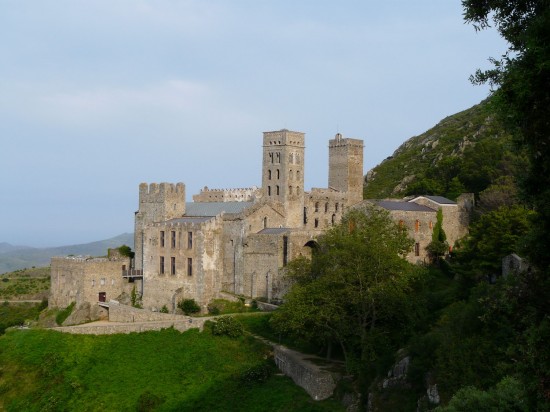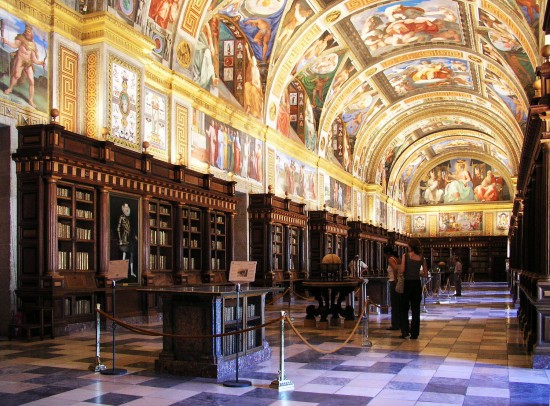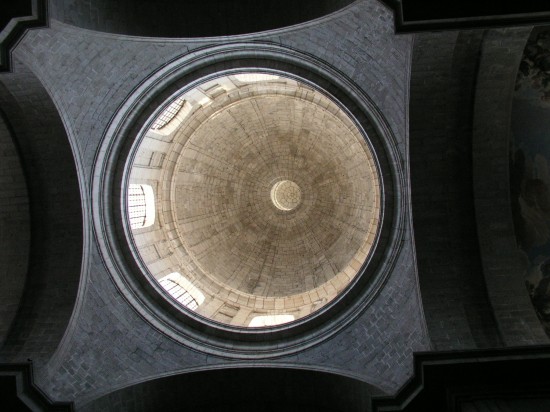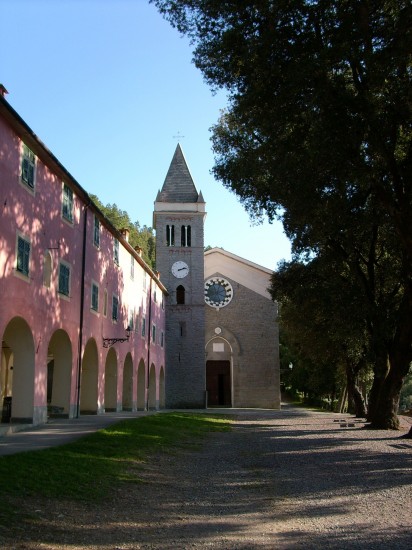Most people have heard of St Christopher.
Whether Catholic, another denomination or not recognizing any particular religious faith, travellers the world over know he is the Patron Saint of Travel and is commemorated in the form of a St Christopher Medal or pendant, often given as a gift to those about to travel.
 There has long been historical debate over whether St Christopher actually existed. In 1969 the Roman Catholic Church removed his Feast Day from the Calendar of Saints, declaring the commemoration was not a Roman tradition.
There has long been historical debate over whether St Christopher actually existed. In 1969 the Roman Catholic Church removed his Feast Day from the Calendar of Saints, declaring the commemoration was not a Roman tradition.
But it has not diminished his popularity as the patron saint of travellers.
It is believed he was born in Canaan in the Third Century, a region which today encompasses Israel and Lebanon. He met a hermit who guided travellers to a safe point at which they could cross a dangerous river and took over the role, converting to Christianity through the hermit’s teachings.
In taking the place of the hermit, he began not only guiding travellers, but often carrying them across the river, particularly small children.
Not a native of the region, the man became known as “Christophero” or Christopher, which means “Christ-bearer”.
Depicted in Christian art as a strong man with a staff in one hand, bearing an infant Christ on his shoulders as he crosses a swollen river, St Christopher was executed during the Christian persecutions of AD250 during the reign of the Roman Emperor Decius.
Christianity has a rich history of travel; it was the basis on which the word was spread throughout the world via disciples, priests and nuns.
The nature of their calling made travel and teaching a necessity and today the legacy of their dedication can be found in the wide variety of beautiful monasteries and convents scattered throughout Europe in which modern-day travellers can still stay.
European monasteries have provided lodgings to travellers and pilgrims for more than 1500 years and many of today’s institutions open to tourists – from France and Italy to Spain and Portugal – are often more like bed and breakfast accommodation than a place of religious reflection and prayer.
Spain is particularly rich in beautiful monasteries, which evolved along the Way of St James pilgrimage route from the 10th Century.
Over centuries, the Spanish orders grew in size and power and in 1835, the Spanish authorities, jealous of their wealth, claimed the land and banished the monks. Over time, Spanish monasteries were re-established as refuges of religious art and hospitality for orders including the Benedictines, Cistercians, Augustinians.
The architecturally ornate buildings are steeped in history but the other main attraction of monastery stays is that they can cost as little as 40 euro ($A50) a night per person and out of season, a bed for the night can often be negotiated for less.
Staying in a monastery or convent is economical and generally a serene experience, away from the hustle and bustle of tourist trappings (and traps). But it is best to make this form of accommodation a part of your overall holiday rather than the focal point, because there is a downside. Most overnight rooms are clean and simply furnished, bordering on “Spartan”, ideal for those who only desire a clean bed and a pillow to lay their head on.
But there are other possible hitches travellers should be aware of. As with booking all accommodation, it is always best to check ahead and in today’s email-driven world, that’s easy.
- Some monasteries require those who stay to attend some meditation or prayer. Beyond the religious aspect, quiet contemplation in a beautiful, centuries-old chapel can be a wonderful experience – but it may not be for you.
- Take cash – you are not in a mainstream commercial environment and often, credit cards are not accepted.
- By their nature, monasteries and convents are same-sex accommodation, which is fine if you are travelling with friends, but not so good for couples and families. Fortunately, economic necessity has eased restrictions, with many establishments providing rooms to meet all requirements. It pays to check.
- Except in unusual circumstances, monasteries today welcome guests whatever their faith.
- There may be rules about silence at certain times of the day. There may be a curfew for guests.
- Some monasteries and convents have accommodation with private bathrooms, but common bathrooms are the norm.
- As you would expect of monastic life, generally, there are no phones, televisions or internet connections in the rooms.
- Don’t intrude on the peace; keep your mobile phone on mute.
- Some establishments serve meals but more often than not, a communal kitchen is available in which to prepare food.
- Don’t confuse a monastery with a “former monastery” which is now a beautiful hotel. Check before you go, or pay the price.
For those willing to take the time to research and who enjoy a mixture of serenity and history on their travels, a monastery stay may be just the thing to relax the body, stimulate the mind and rejuvenate the soul.
For more information, visit Monastary Stays.
Photo Credits
St Christopher – Wikimedia Creative Commons
Monestir de Sant Pere de Rodes – Wikimedia Creative Commons
San Lorenzo de El Escorial Library – Wikimedia Creative Commons
Dome of the Basilica of El Escorial – Wikimedia Creative Commons
Santuario di Nostra Signora di Soviore, Monterosso al Mare, Liguria, Italia – Wikimedia Creative Commons






Please Share Your Thoughts - Leave A Comment!